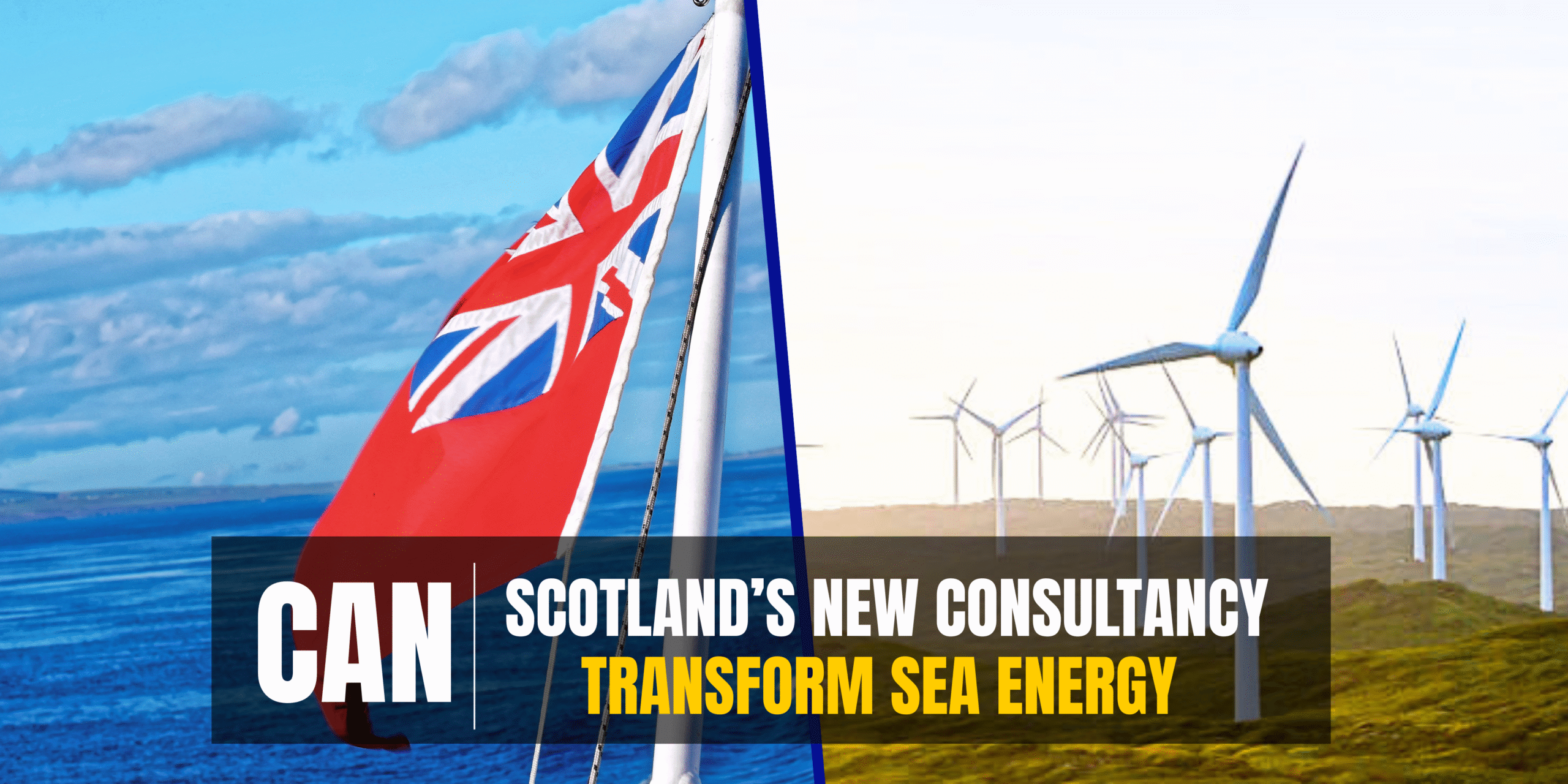A major shift in the UK’s clean energy landscape is coming—and it’s set to center on how China’s $2 billion wind turbine investment in Scotland could reshape the country’s renewable ambitions.
Chinese wind giant Ming Yang Smart Energy has proposed building a massive turbine manufacturing facility at the port of Ardshear in the Scottish Highlands, promising 1,500 new Scotland renewable energy jobs and a new industrial ecosystem for offshore wind manufacturing generation.
While the plan could boost the UK’s renewables supply chain, it has also raised concerns within Whitehall about national security and foreign investment in vital energy infrastructure. Let’s find out why.
$2 Billion Wind Turbine Investment UK
Ming Yang says its proposed Scottish factory would represent a multi-phase investment of around £2bn (£1.5bn). The first phase—expected to start production in late 2028—will cost around £750m and will focus on producing advanced turbines for the European market.
In the next phase, the company plans to build a complete offshore wind industry ecosystem, including supply chain partners, training programs, and research facilities.
Ming Yang chairman Zhang Chuanwei called the project a “commitment to accelerating the global energy transition through innovation and community-centric energy solutions.”
UK government hesitation over Chinese wind investment
Despite Ming Yang’s public optimism, the UK government has yet to approve the plan.
A senior UK government source said the company “seems to be trying to outmaneuver us,” insisting that national security concerns should be fully assessed before any approval is given.
A UK government spokesman confirmed the latter and cited:
“This is one of a number of companies looking to invest in the UK. Any decision taken will be consistent with our national security.”
The government’s delay is said to be due to intelligence and security reviews surrounding the involvement of foreign technology in the UK’s energy infrastructure—particularly in light of tensions over China’s strategic role in key sectors.
Scotland’s renewable energy vision and industrial strategy
However, the Scottish government sees the proposed project as strategically important.
First Minister John Sweeney has repeatedly said that floating offshore wind is “central to my vision for Scotland’s future as a modern and dynamic nation.”
Edinburgh officials argue that the Ardersea project is fully aligned with Scotland’s industrial strategy, which identifies floating wind turbines as a “first-mover advantage” sector. With more than 40 gigawatts of potential offshore capacity—including 25 gigawatts of floating wind—Scotland sees Ming Yang Investment UK as crucial to achieving its renewable energy expansion goals.
The Scottish Government, however, views the proposed project as strategically important.
First Minister John Swinney has repeatedly said that floating offshore wind is “central to my vision for Scotland’s future as a modern and dynamic nation.”
Officials in Edinburgh argue that the Ardersier project aligns perfectly with Scotland’s industrial strategy, which identifies floating wind turbines as a “first-mover advantage” sector.
With over 40 GW of potential offshore capacity—including 25 GW of floating wind—Scotland sees Ming Yang’s investment as critical to realizing its renewable energy expansion goals.
Economic Promise vs. Political Risk
While supporters highlight the 1,500 jobs, technology transfer, and offshore wind capacity expansion, critics warn about overreliance on Chinese manufacturing.
Some MPs and U.S. officials have urged caution, noting that even though Ming Yang is privately owned, Chinese companies can face state influence under Beijing’s policies.
A government insider described the approval process as “delayed but deliberate,” adding that “patience is finite—there’s a lot of investment and jobs waiting for this decision.”
Meanwhile, Kate Forbes, Scotland’s Deputy First Minister, said there remains “room for Ming Yang to open a factory in Scotland,” stressing that final approval rests with the UK government.
What’s Next
A government official recently told the Financial Times that a decision on the Ming Yang project is “imminent.”
If approved, construction could begin as early as 2026, with the factory fully operational by 2028, producing turbines for projects across the UK and Northern Europe.
However, the project’s fate will depend on how London balances economic opportunity, energy security, and geopolitical caution—three pillars shaping the UK’s clean energy policy.
Conclusion
As the UK strives to become a global clean energy leader, the debate over how China’s $2 billion wind turbine investment in Scotland continues to test the balance between sustainability and sovereignty.
Whether seen as a bold step toward green industrialization or a risky geopolitical gamble, the outcome will reveal how open Britain truly is to global partnerships in its clean energy future.
FAQ
Q1: What is the value of China’s wind turbine investment in Scotland?
The proposed investment is up to $2 billion by Ming Yang Smart Energy to build a large-scale wind turbine manufacturing facility.
Q2: Why is this project controversial?
Concerns revolve around national security, foreign influence, and the strategic control of energy infrastructure.
Q3: What benefits does the project offer Scotland?
It could create hundreds of local jobs, boost offshore wind supply chains, and support Scotland’s 2045 net-zero target.
Q4: When could the project start?
If approved, construction could begin by 2026, with turbine production starting around 2028–2029.





